Peculiar sea creatures found in deep Australian abyss
Scientists found a peanut worm, a flesh eating crustacean and a sea pig 4,000 metres down under the sea.
Below the surface of the ocean, in the cold dark depths of eastern Australia's abyss, scientists have discovered many wonderfully weird and frightening sea creatures. Many of them are unknown to science, as knowledge of deep sea habitat has long been limited by technical challenges.
A team from the Museums Victoria, Australia, has just come back from a month-long expedition on board research vessel The Investigator.
Throughout the month of June, they explored one of the most inaccessible and mysterious environments on the planet – a habitat 4,000 metres below the sea known as the eastern abyss.
The project achieved world-wide notoriety when the scientists shared a picture of one of the strangest beasts they encountered – the faceless fish.
The faceless fish had already been discovered in 1873, but it had never been spotted again until now. However, about one third of the species that the scientists have brought back had never been seen before and will now be sent to a number of labs all around Australia for investigations. Some will be exhibited in Melbourne Museum in the coming months.
"Australia's deep sea environment is larger in size than the mainland, and until now, almost nothing was known about life on the abyssal plain. We're really excited about the discoveries that we've made and are thrilled that we can now share them with the Australian and international public," Dr Tim O'Hara, the voyage's Chief Scientist and Museums Victoria's Senior Curator of Marine Invertebrates said in a statement.
During their expedition, the scientists also estimated the levels of pollution on the sea floor, and assessed the impacts of human activity. "We have found highly concerning levels of rubbish on the seafloor. We're 100 kilometres off Australia's coast, and have found PVC pipes, cans of paints, bottles, beer cans, woodchips, and other debris from the days when steamships plied our waters. The seafloor has 200 years of rubbish on it. Hopefully information such as this is the first step in influencing social attitudes towards rubbish disposal," O'Hara added.
IBTimes UK takes a look at some of the most bizarre creatures brought back by the scientists, which they hope will trigger the public's interest as well as a massive response to try and protect deep sea environments.

The Cookie cutter shark
This is a little bioluminescent shark with its neatly arranged serrated teeth. In the ocean, it inhabits the 'twilight zone', up to 1000 metres below the surface. Despite its cute name, it is a dangerous creature, which preys on big fishes, whales, dolphins and from time to time on humans, latching onto them before gouging out cookie-sized chunks of flesh.
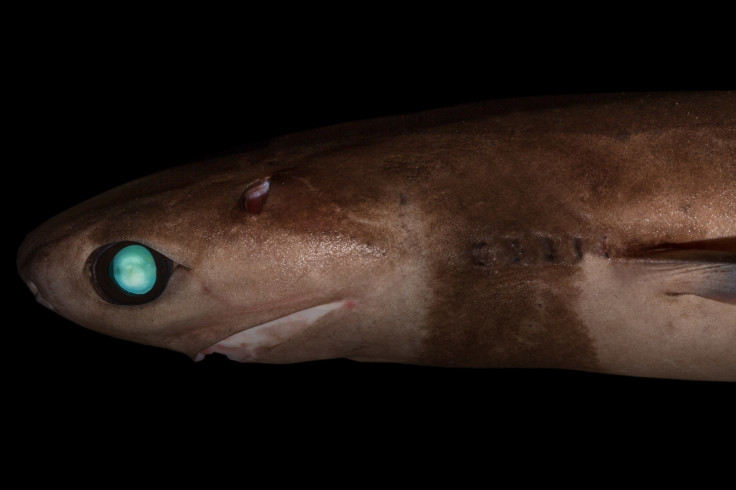
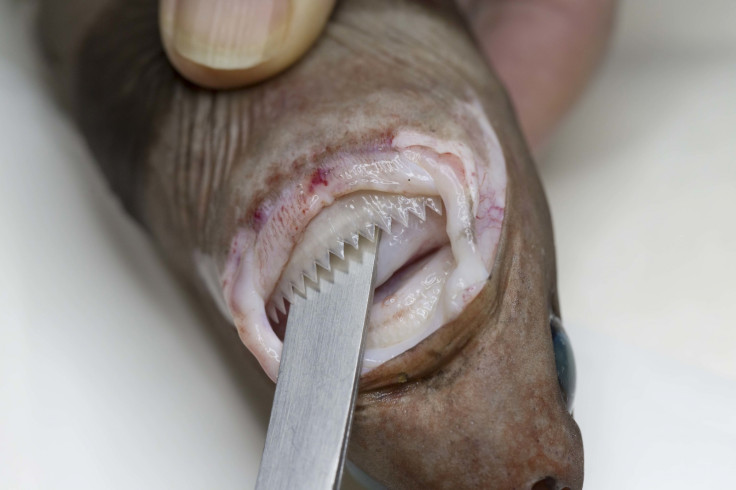
The Red spiny Crab
These bright red crabs are not actually crabs but relate to hermit crabs, although this hermit has traded in its shell for gnarly spikes to protect itself from the dangerous predators lurking in the deep.
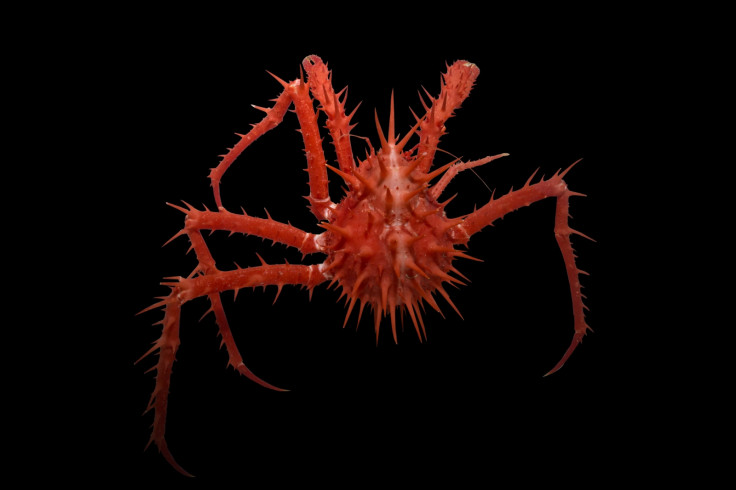
Peanut worms
This strange-looking creature is a 'peanut worm', although considering its looks, another similar sounding name may have been more appropriate.
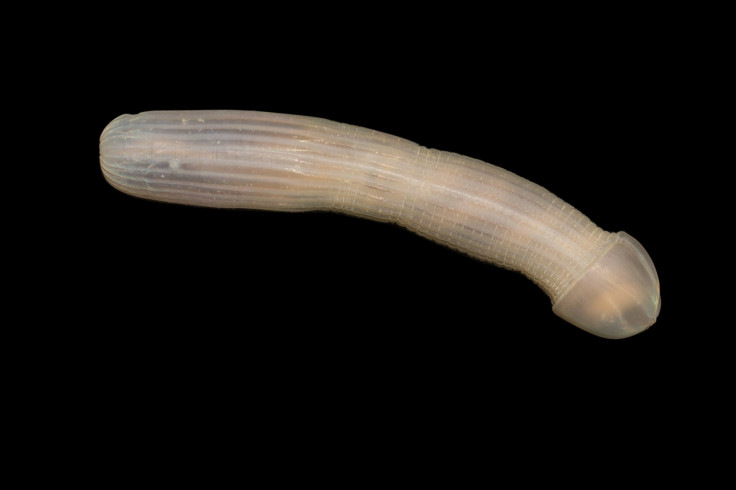
The name actually comes from the fact that when threatened these animals can contract their long head inwards and resemble a peanut. They can reproduce both sexually and asexually.
Dumbo octopus
Just like Dumbo in the Disney movie, this little octopus can flap its ears to move, gliding gracefully in the deep dark waters of the abyss.
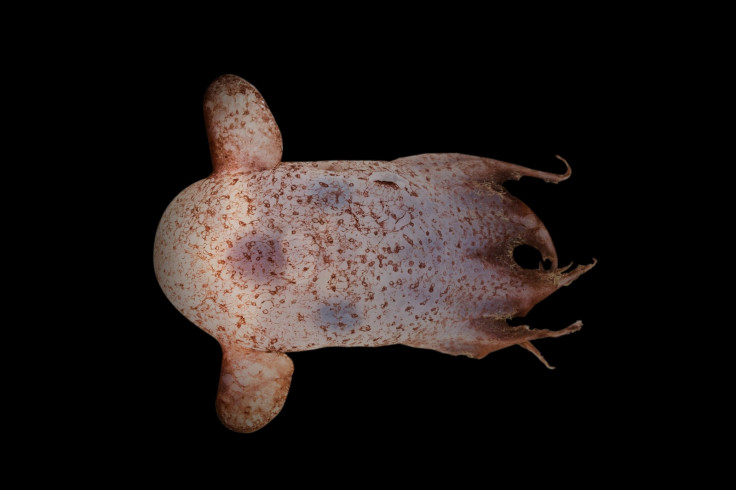
Zombie worms
Zombie worms were known before as they are commonly found in the decaying remains of whales on the ocean floor. They burrow into the bones of big mammals to reach the sustenance within them. With no functioning mouths, guts or anuses, they have bacteria that digest the food for them.
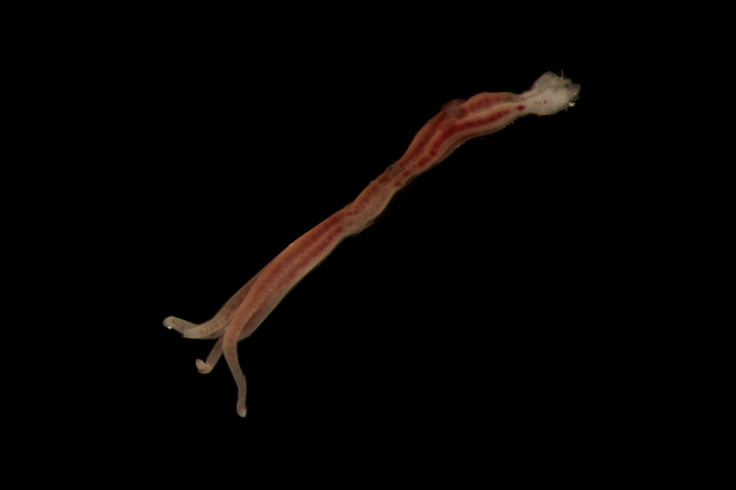
Red coffinfish
This stunning red coffinfish is the deepest one ever collected in Australia and could be a new species entirely.
With its bluish eyes and red feet, it belongs to the anglerfish group. It attracts unsuspecting prey using a fishing rod tipped with a fluffy bait on top of its head. When threatened coffinfishes often inflate themselves with water to look more threatening.
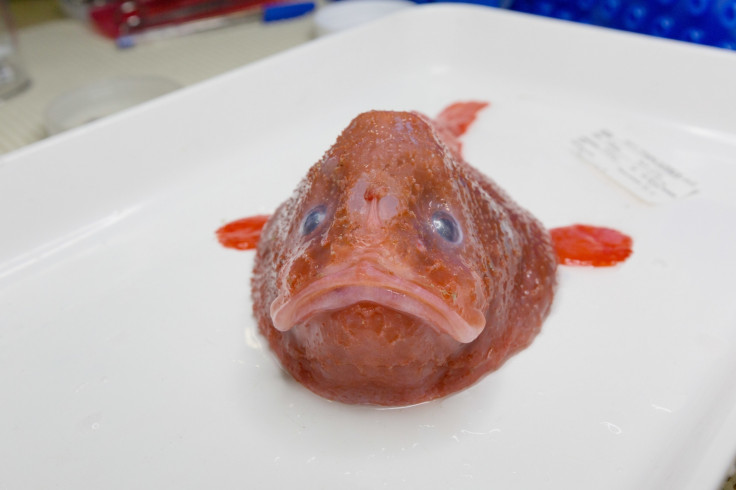
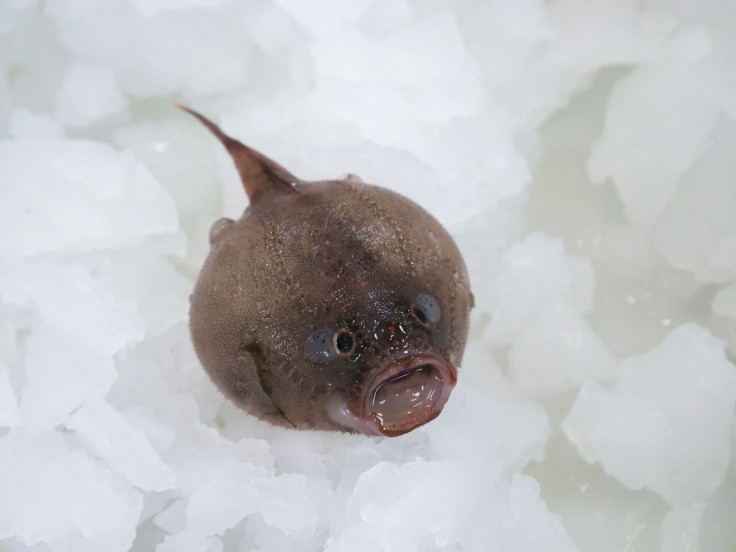
The Dragonfish
This dragonfish was found early in the expedition and is probably the most scary-looking creature recovered by the scientists.
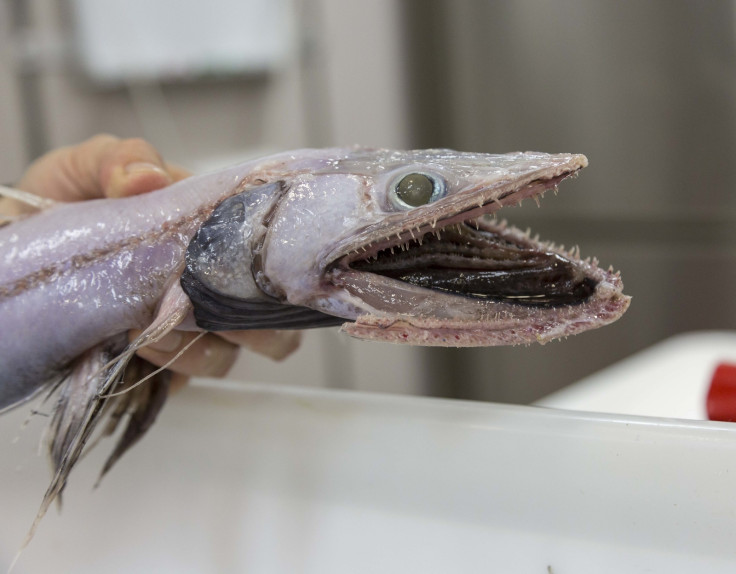
Sea pig
A herd of sea pigs was spotted in the Freycinet Marine Reserve off Tasmania. These are cute little pink creatures that act as the ocean's vacuum cleaners, using their tube like feet to move across the abyssal mud. They are the only type of sea cucumber with 'feet'and can gather in great numbers where food is abundant in the abyss.

Flesh eating crustacean
These crustaceans are deep sea scavengers - they eat almost anything they can find, including the decaying flesh of dead whales, which drifted down the abyss from above.

© Copyright IBTimes 2025. All rights reserved.






















